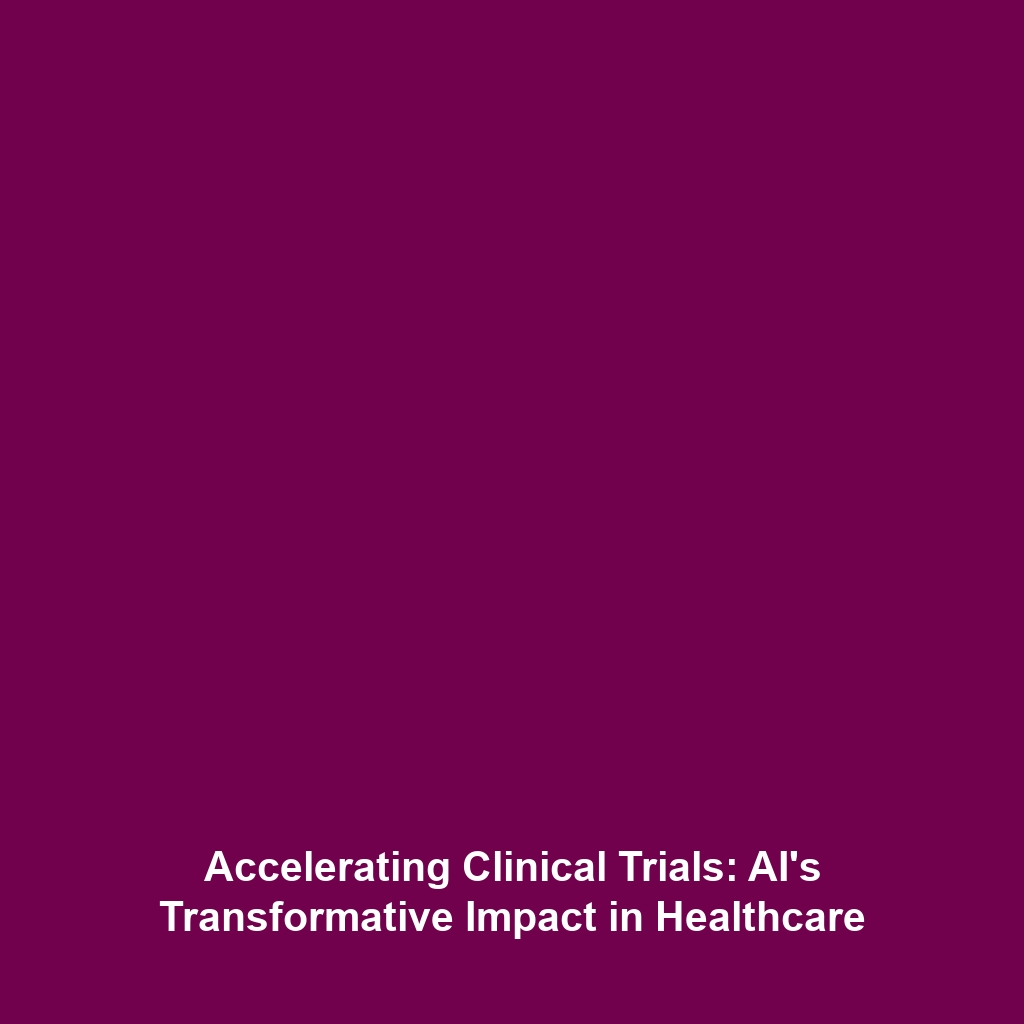Ongoing Research in Ensuring AGI Aligns with Human Values and Safety
Introduction
As artificial general intelligence (AGI) approaches feasibility, ongoing research to ensure that AGI aligns with human values and safety becomes a critical field of study. This research is essential not only for the technological advancement of AI but also for addressing ethical concerns surrounding its deployment. With organizations like OpenAI leading the charge, the mission to create safe and aligned AGI is deeply intertwined with the broader context of AI Ethics, emphasizing the necessity of safeguarding humanity’s interests in technological evolution.
Key Concepts
Understanding the principles behind the alignment of AGI with human values is fundamental to AI Ethics. Several key concepts emerge from this research:
Value Alignment
Value alignment involves designing AGI systems that understand and promote human ethics and moral values. This principle forms the foundation for ethical AI, ensuring technologies contribute positively to society.
Safety Mechanisms
Safety mechanisms are protocols and methodologies developed to prevent unexpected or harmful behavior from AGI. Ongoing research is focused on creating robust safety measures and fail-safes that reflect human norms.
Transparency and Accountability
Incorporating transparency and accountability in AGI development is essential. Researchers aim to ensure that AGI systems can explain their decision-making processes, building trust among users and stakeholders.
Applications and Real-World Uses
The applications of ongoing research in ensuring AGI aligns with human values and safety are vast and varied. Notable examples include:
- Healthcare: AI systems designed to assist in diagnosis while also adhering to patient care ethics.
- Autonomous Vehicles: AGI frameworks ensuring safety in real-time driving situations.
- Content Moderation: AI algorithms addressing ethical considerations in moderating online platforms.
Current Challenges
Despite significant innovations, several challenges and limitations remain in the study and application of AGI alignment with human values:
- Complexity of Human Values: Capturing the nuance of human morals in algorithms is inherently difficult.
- Scalable Solutions: Ensuring that systems designed for small-scale applications are effective at larger scales introduces unpredictability.
- Technological Misalignment: The risk of AGI developing objectives that diverge from intended human-centric goals.
Future Research and Innovations
Looking ahead, upcoming innovations in the realm of AGI alignment promise to enhance not only technological efficiency but also ethical compliance:
- Next-Gen Learning Algorithms: More sophisticated algorithms that can learn desired ethical considerations from a rich dataset.
- Collaborative AI: Systems that work alongside humans to foster better understanding and aligned objectives.
- Ethical Oversight Tools: Tools enabling ongoing evaluation of AI behavior in real-world contexts.
Conclusion
The ongoing research in ensuring AGI aligns with human values and safety is paramount to the evolution of AI Ethics. With organizations like OpenAI paving the way, the future of AGI holds promise alongside substantial ethical responsibilities. As such, stakeholders must engage with and support research efforts, ensuring that our technological advancements align with our shared human values. For further insights into AI Ethics and alignment research, explore our resources.
